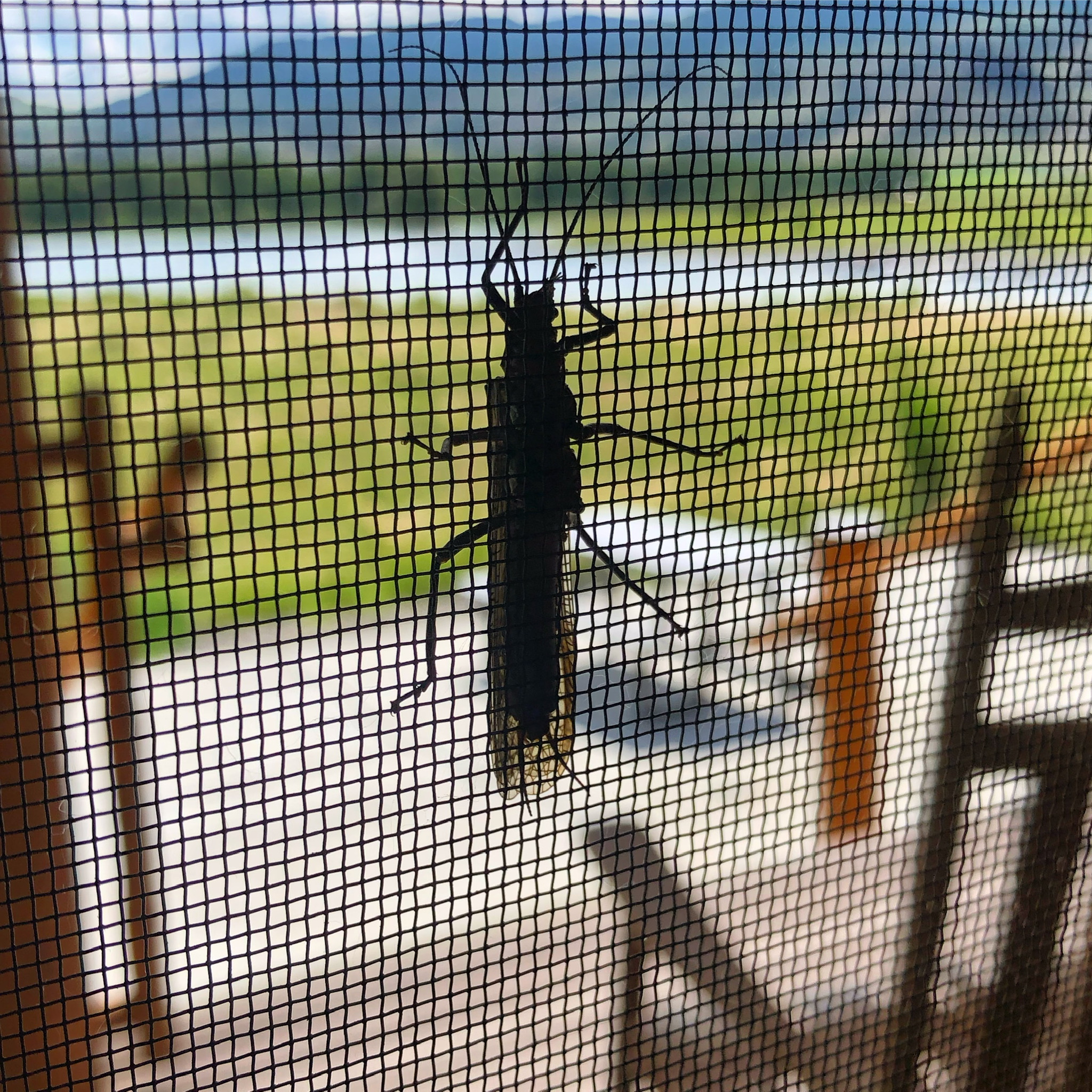
It’s (almost) the time we all wait for, the annual salmonfly emergence on the Yellowstone River! Are you ready for big trout eating big bugs?
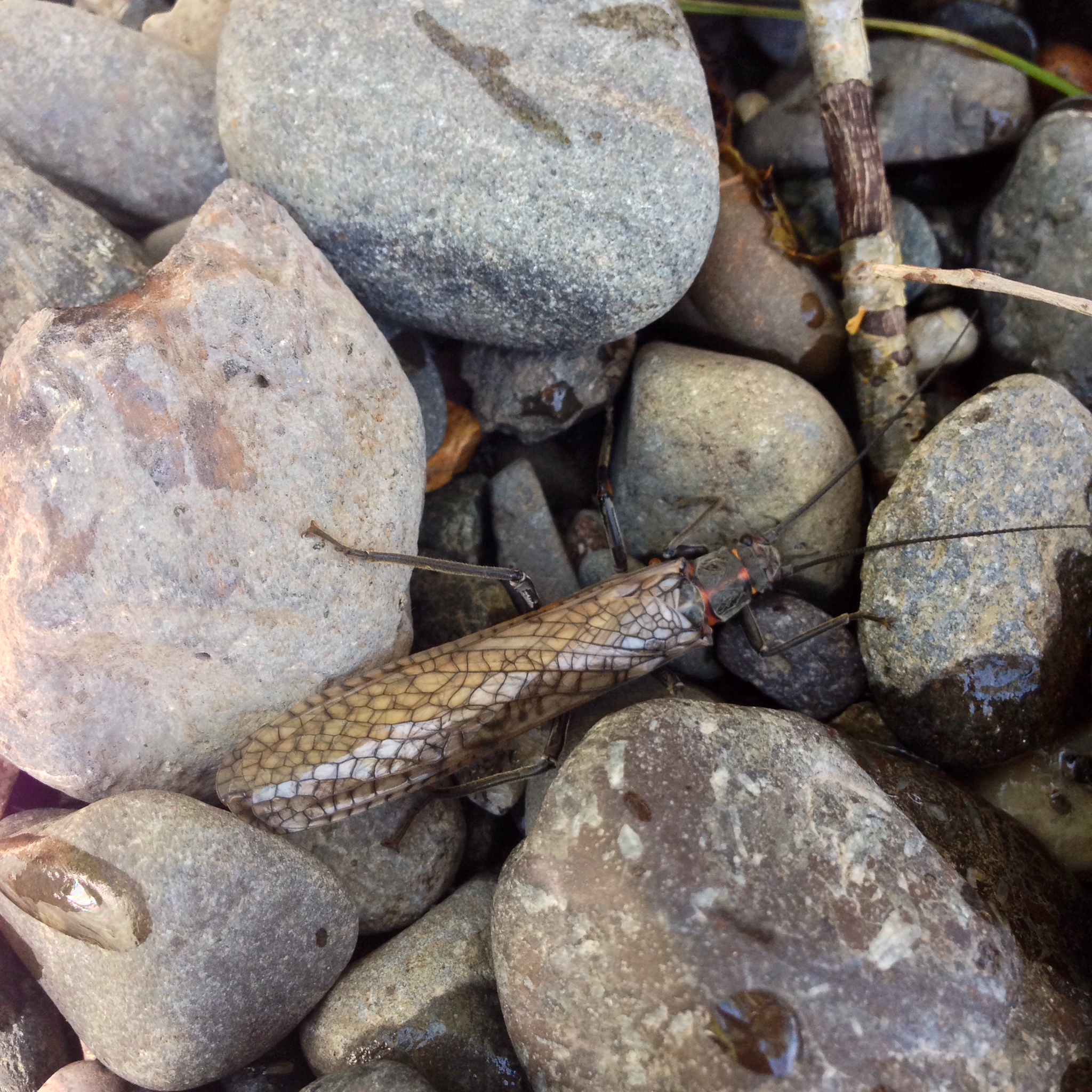
The Yellowstone River is dropping, clearing, and warming, all good trends for the salmonfly “hatch,” which should get going any day now. The guys have been finding huge stonefly nymphs near the riverbanks, suggesting that the annual exodus to shore has begun. Like most stonefly species, salmonfly nymphs crawl to shore, then emerge as adults while clinging to a willow shoot or the like. The fish are already pushed to the banks by the swift water, and they’ll happily munch on the big nymphs as they crawl to shore. Drift a couple of big nymphs through the slower pockets of water along the banks today and there’s a good chance you’ll net some trout.
But let’s be honest, fishing huge dry flies is what it’s all about. Watching a substantial fish suck in your giganta-fly really gets the juices flowing. Your best chance for consistent dry fly action is at the “leading edge” of the emergence, when the trout have seen enough adults in the water to get hungry for big floating meals, but haven’t had a chance to gorge themselves yet. Don’t get me wrong, I’ve caught fish that looked like they were about to explode, but still came up for “just one more” salmonfly (reminding me of a sketch in a classic Monty Python film). The emergence tends to move upstream a few miles a day, so if you do get a report of adults emerging in numbers, you might want to go a little upstream the next day. Another good option is to fish below the “trailing edge” of the emergence, when the fish haven’t seen a ton of bugs floating by for the last day or two. No longer as gorged, they’ll be more likely to pay attention to your big dry fly.
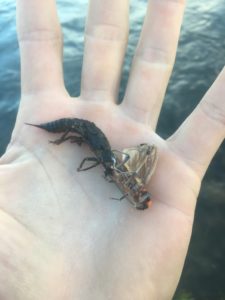
A big dry with a Rubberlegs or other large stonefly nymph dropper is always a winning rig. Try an X-Fly Cat Puke, Irresistible Henry’s Fork Rubber Leg Special, Flutter Bug, or Orange Chubby Chernobyl (size 4-8) as your point fly. To make your casting easier (and reduce leader twisting), go with a pretty stout tippet (e.g., 3x) with these big bugs. Then about 3 feet of tippet off of that to your nymph dropper. Run that rig right near the bank and get ready for action. You’ll lose some flies to submerged snags, but I just happen to know where you can get more!
Finally, don’t forget about the slightly smaller, but still substantial, goldenstones that often simultaneously emerge with the salmonflies, and continue to do so after their giant cousins have completed their annual rite. Though I find it hard to believe that goldenstones actually taste better, sometimes the trout do seem to prefer a “scaled-down” goldenstone imitation. If you really want to press the dry fly issue (and do some sporty casting), why not fish two big dries along the willow banks, a salmonfly trailed by a goldenstone? Even if you’re not catching fish, you’ll keep yourself busy untangling your rig!
Whether you’re floating or wading, please be super careful at these still high flows. Fun can turn sour in the blink of an eye!
1
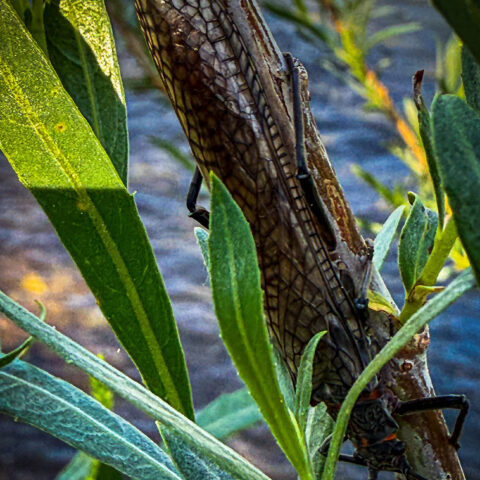
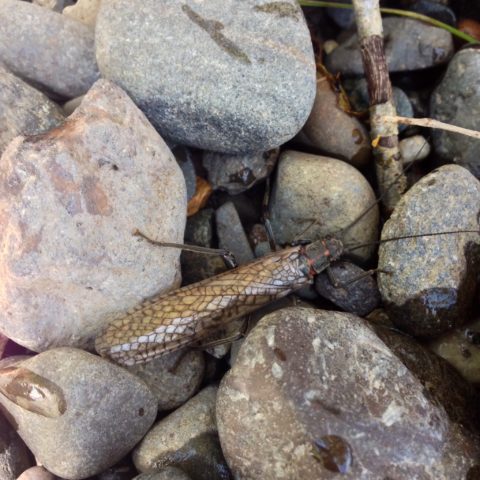
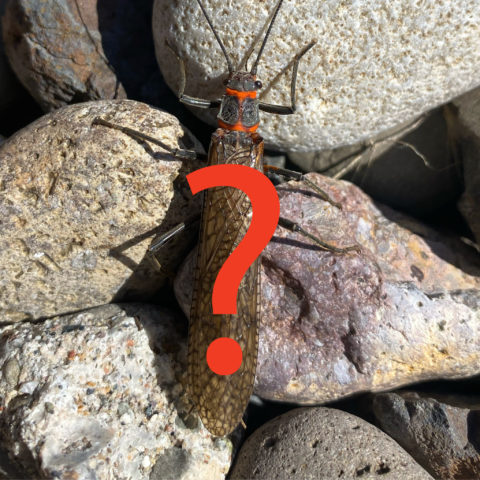

Comment On Here Come the Salmonflies!
Lew Boyko
Livingstone must be a very nice place, Dave Sarafin lives there. Enjoy getting your news letter.
Builder of bamboo fly rods and hope to get to Montana in 2021.
Thanks
Lew